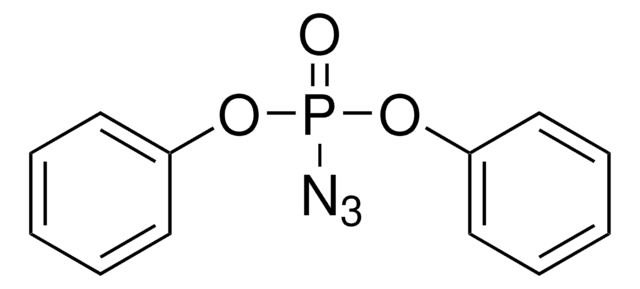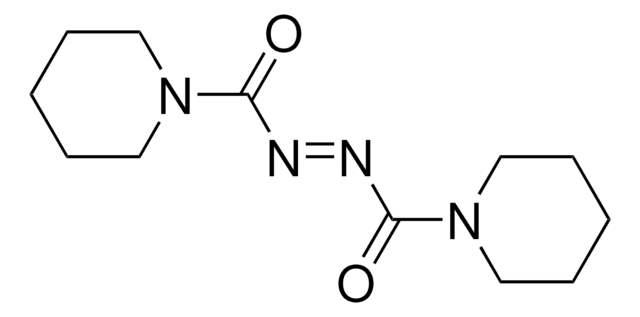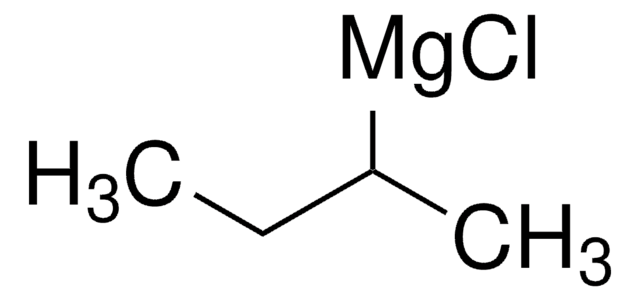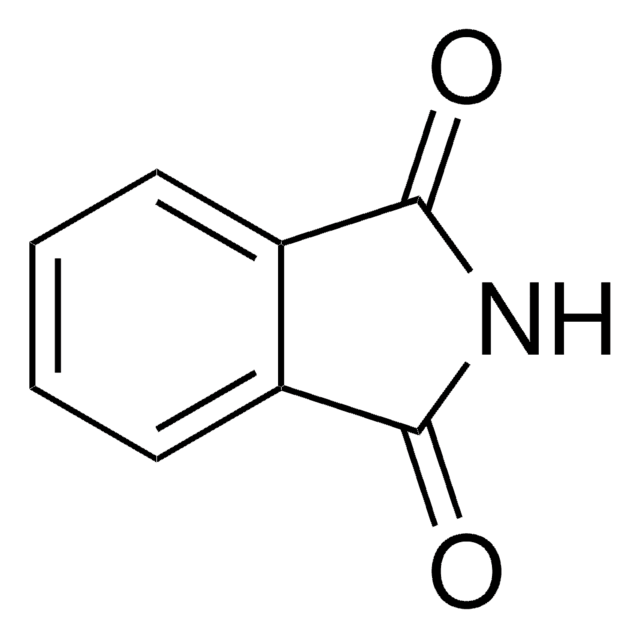225541
Diisopropyl azodicarboxylate
98%
Synonym(s):
DIAD, Diisopropyl azodiformate
About This Item
Recommended Products
Quality Level
Assay
98%
form
liquid
impurities
≤2% dichloromethane
refractive index
n20/D 1.420 (lit.)
bp
75 °C/0.25 mmHg (lit.)
density
1.027 g/mL at 25 °C (lit.)
functional group
azo
storage temp.
2-8°C
SMILES string
CC(C)OC(=O)\N=N\C(=O)OC(C)C
InChI
1S/C8H14N2O4/c1-5(2)13-7(11)9-10-8(12)14-6(3)4/h5-6H,1-4H3/b10-9+
InChI key
VVWRJUBEIPHGQF-MDZDMXLPSA-N
Looking for similar products? Visit Product Comparison Guide
General description
Application
- Chromenes resembling classical cannabinoids
- MK-3281 inhibitor of the hepatitis C virus NS5B polymerase
- Norbornene-based guanidine-rich polymers as mimcs of cell-penetrating peptides (CPP)
- Analogues of the Pseudomonas aeruginosa quorum-sensing molecule N-(3-Oxododecanoyl)-l-homoserine lactone with immunosuppressive but non-LasR-inducing properties
- Acceptor-donor-acceptor organic dyes for dye-sensitized solar cells
- 1,3-dioxane-2-carboxylic acid derivatives as PPARα/γ dual agonists
- Hydrazinophosphonates and hydrazinobisphosphonates via Mitsunobu and Arbuzov-type multicomponent application of the Morrison-Brunn-Huisgen betaine
Signal Word
Warning
Hazard Statements
Precautionary Statements
Hazard Classifications
Aquatic Chronic 2 - Carc. 2 - Eye Irrit. 2 - Skin Irrit. 2 - STOT RE 2 - STOT SE 3
Target Organs
Respiratory system
Storage Class Code
10 - Combustible liquids
WGK
WGK 2
Flash Point(F)
222.8 °F
Flash Point(C)
106 °C
Personal Protective Equipment
Choose from one of the most recent versions:
Already Own This Product?
Find documentation for the products that you have recently purchased in the Document Library.
Customers Also Viewed
Articles
Reagents for the Mitsunobu Reaction
Our team of scientists has experience in all areas of research including Life Science, Material Science, Chemical Synthesis, Chromatography, Analytical and many others.
Contact Technical Service













